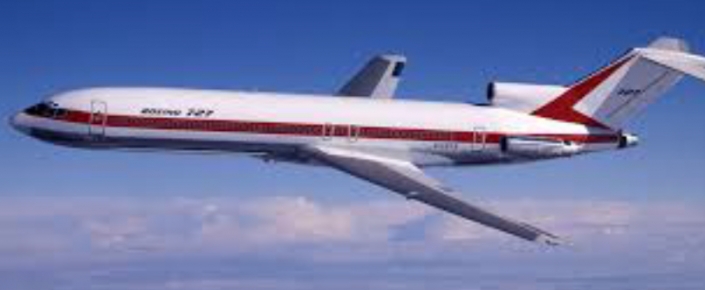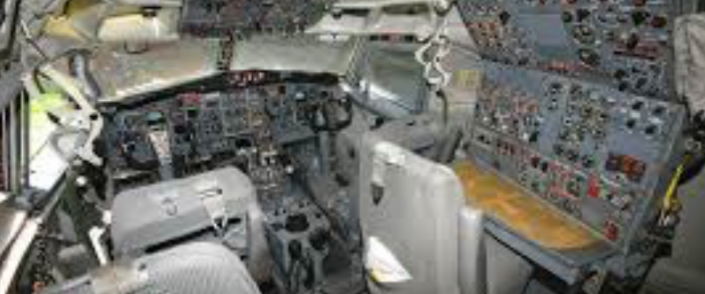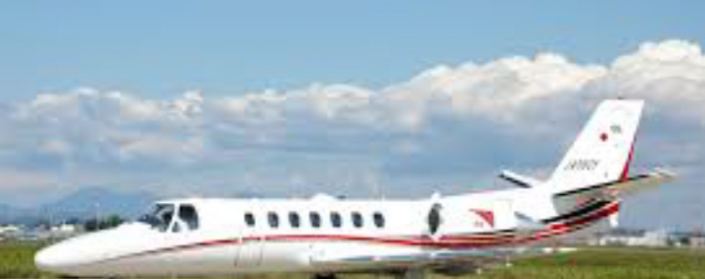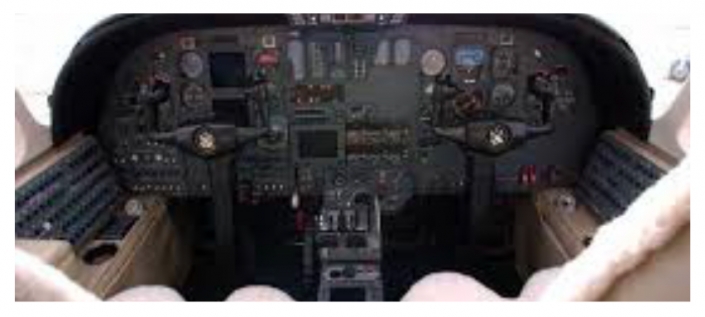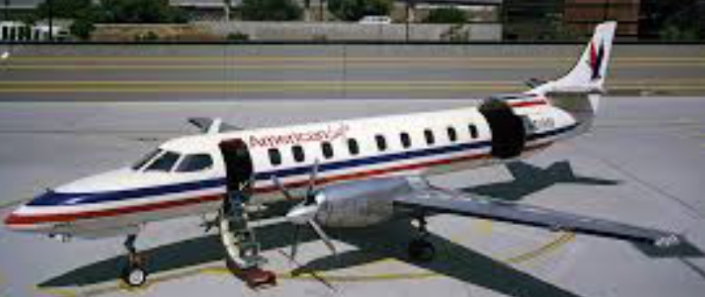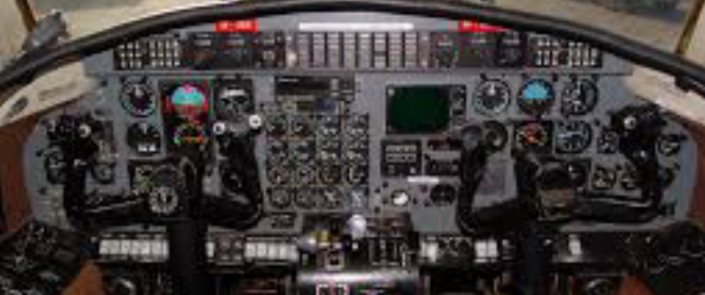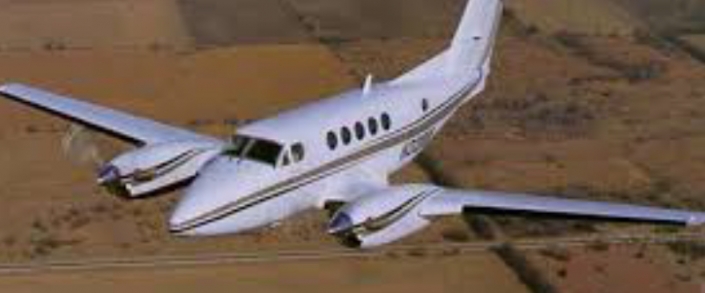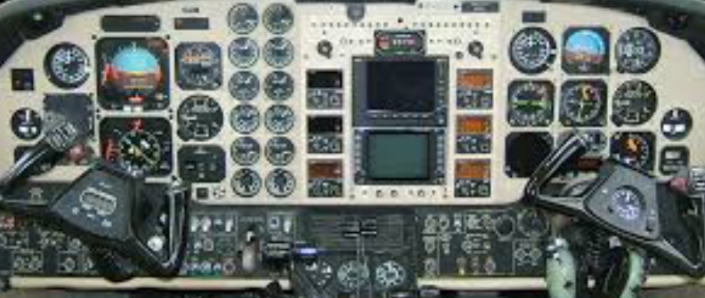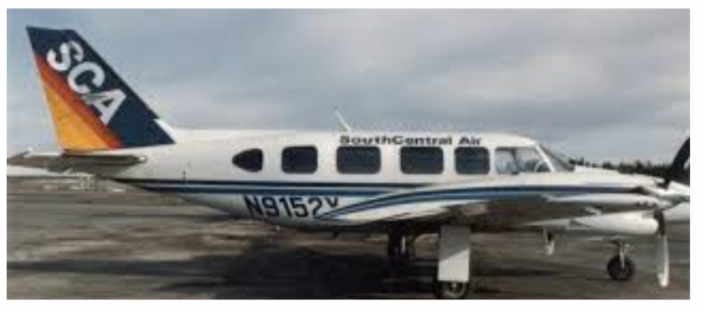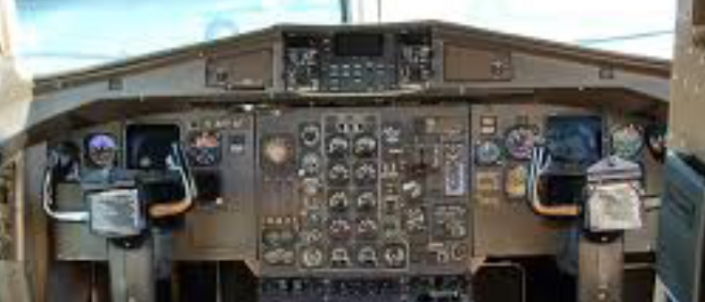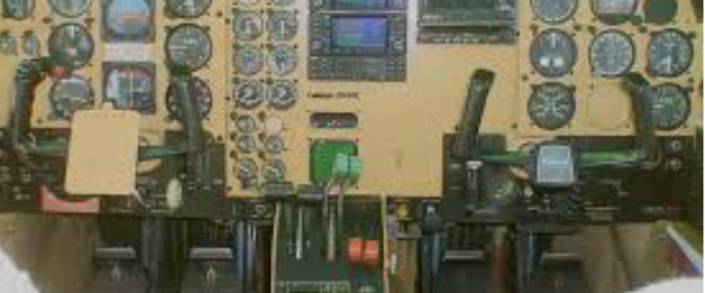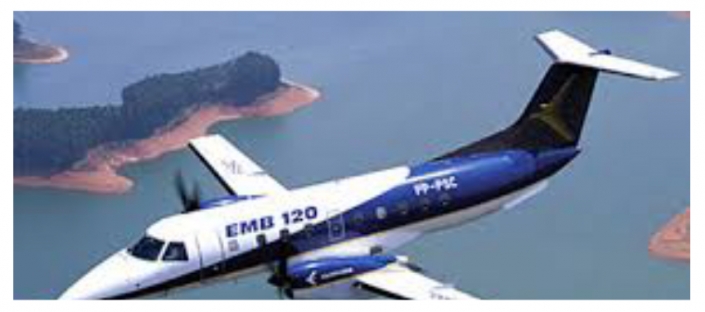Turboprops & Jets
I have experience flying turboprops and jets, which started in back 1986, when I got my first job as an airline pilot. I was hired as a First Officer (co-pilot) by a commuter airline, Britt Airways, an FAR 135 Operation, with headquarters in Terre Haute, IN, to fly the SA-226TC Swearingen Metroliner. We operated in the Great Lakes region; Illinois, Indiana, Iowa, Kentucky, serving the airline hubs of Chicago’s O’Hare (KORD), St. Louis (KSTL), and Indianapolis (KIND). The Metroliner was a handful! Hard to describe, but a ‘lot of airplane’ for a relatively inexperienced, low-time pilot like myself. It was ‘hand-flown’, because it did not have an autopilot. I naively ‘thought’ I knew how to fly, because I had just over ‘1,000’ hours experience at that time. I did not realize how much I had to learn!!
This was my introduction to many things, among them; ‘formal airline training’ and all that goes with that (including like any business, learning the airlines operational ‘lingo’ which I did not know, but which I am now well-versed in), my introduction to being part of a two-pilot ‘crew’ and CRM, operating turbine/turbo-prop engines, FAR 135 scheduled airline operations and all that goes with that, my first exposure to flying in ‘weather’, and dealing with the ATC system in high-density airspace when flying into busy airline hubs. The learning curve was, as the saying goes, ‘vertical’! I was ‘overwhelmed’! But somehow, I managed to hang on…and survived!
Over the next few years, I had the opportunity to fly other turboprop aircraft as well including, the ATR-42, and the EMB-120 Brasilia. The ATR-42 and the EMB-120 were my introduction to what is now called ‘glass cockpits’ and EFIS (Electronic Flight Information System), which has replaced traditional round ‘steam-gauges’. I will address EFIS separately.
Flying in Alaska
This led to my first job as Flight Engineer on the classic Boeing 727, as Flight Engineer, a job I had for one year. This exposed me to FAR 121 ‘major airline’ operations, and all that that includes. It was invaluable experience. But due to circumstances, I lost my job at the airline, and found myself out of work. I eventually found a job flying for a small, family owned ‘commuter airline’ in Kenai, Alaska, a FAR 135 operation.
I was able to make the transition from being part of a ‘crew’ in a jet, to flying in a ‘Single-Pilot’ operation, flying a Piper T-1040, a small twin turboprop, in a scheduled airline operation, in Alaska. This was quite a change! We had nine passenger seats. I later learned from various colleagues that not everyone is able to make this transition. For various reasons, some people handle this better than others. Such is life. This was a completely different operation from where I had been. I was able to adapt. Some are not.
Instructor at FlightSafety International
Fast forward. From April 2004, until April 30, 2020, I was an instructor at FlightSafety International, a FAR 142 Training Provider, in their Long Beach, California, Learning Center. As a result, I now have experience flying the Beechcraft King Air B200, and the Cessna Citation. I was an instructor in the King Air Program for several years, where I taught the King Air 90, 100, 200, and B200 systems and operation. Beechcraft has produced several (12?) versions of the King Air over the years, for many different market niches. I also had the opportunity to fly the B200, on several occasions as well.
Teaching the Citation
I was an instructor in the Citation Program, qualified on the Citation II (2) & V (5), plus ‘differences training’ as it is called, for pilots who fly other versions of the -500 ‘series’, ‘straight-wing’ Citation. I have had the opportunity to fly the Citation I. We taught several versions of the Citation: the I, the II, the Bravo, the Ultra, the Encore and the Encore Plus. As an aside, Cessna (now owned by Textron) has produced more than 20 versions of the Citation since its’ introduction in 1972, for many different market niches. It is the best-selling corporate jet in history.

